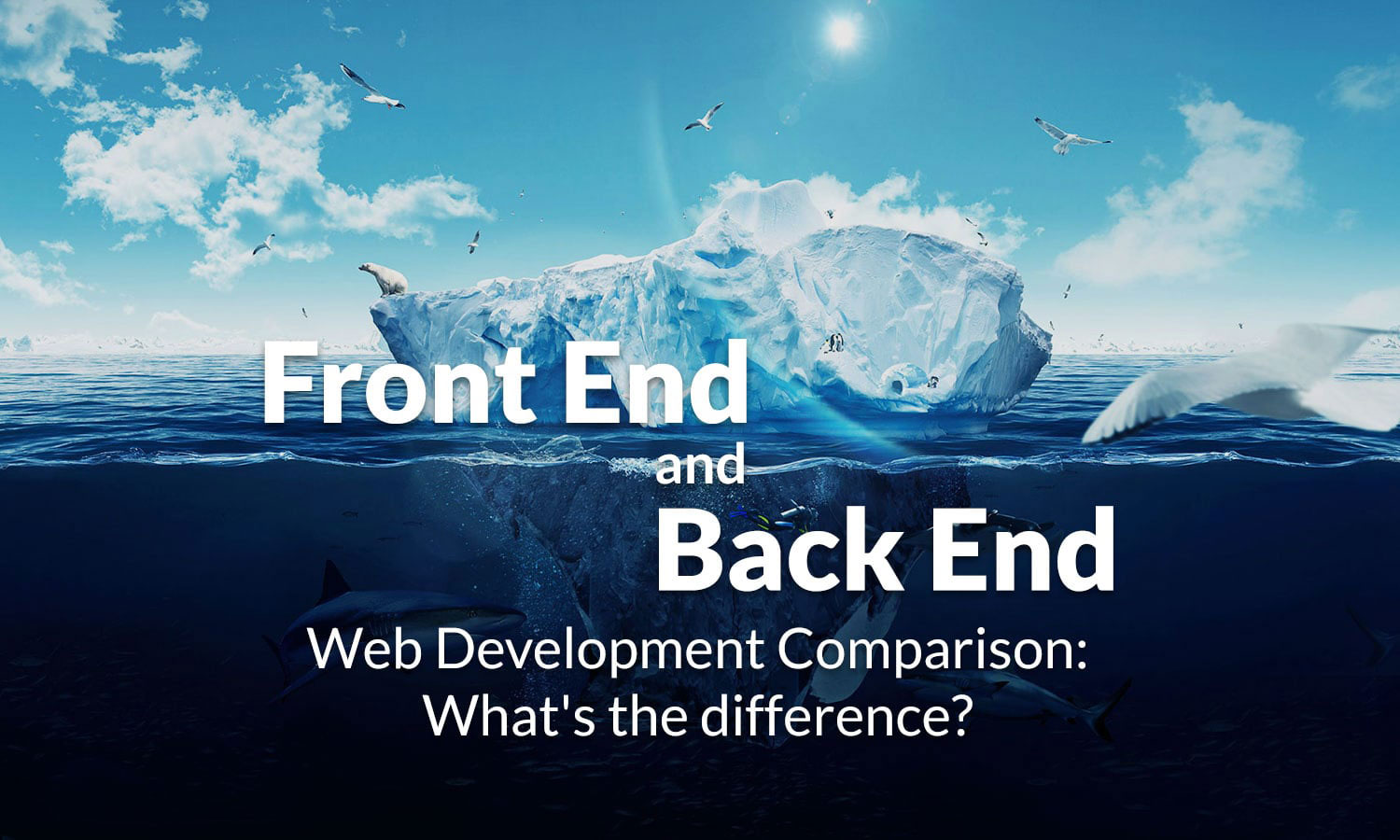The Front-End Developer
When we speak of "Front-End", it is ultimately about the elements of the site that we see on the screen and with which we can interact. These elements are composed of HTML, CSS, and JavaScript controlled by the user's web browser.
If you want the best Services of Web Development in Lahore, contact us.
The Front End of jurisdiction can be split into two:
- The strategy
- Development CSS, HTML JavaScript
The design is usually done by a web designer who produces graphic models using Photoshop or Fireworks. However, more and more web designers have crossed the barrier and know how to code in CSS and HTML. In a few cases, they are also capable of creating JavaScript.
Previously when we spoke of the developer, we implied Back-End developer. Now we see that few web designers also have development skills.
The Front-End Developer is, therefore, a person who can come from the world of web design by having reinforced his knowledge in development. He can also be a developer who has chosen to specialize in Front-End technologies and languages such as:
- HTML
- CSS
- JavaScript
- JQuery
JQuery is a JavaScript framework to simplify. It is a JavaScript library that allows you to code faster and more simply.
There are many more or less complex JavaScript libraries suitable for different uses.
Now, for the site to come to life and for the Front-End developer's work to be completed, it's the Back-End developer's turn to step in!
The Back-End Developer
The Back-End is like the tip of the iceberg. It is invisible to visitors but represents a large part of the development of a web project. Without it, the website remains an empty shell.
The Back-End can be broken down into three essential parts:
- A server (or web hosting)
- An application (in this case, the website)
- A database (where the application data is stored)
The server is like a hard disk accessible 24 hours a day, on which the pages of the website are stored.
To be able to keep your passwords, your preferences, your shopping cart that you have entered using the Front-End elements, it is necessary to save them in a database. The database is comparable to a large table with columns containing, for example, "last name", "first name", "password", "current purchase". When you register on a site, your profile is recorded in this table.
To store, process, modify this data, and provide up-to-date information on a website (such as news, product sheets, images, videos), the Back-End developer will use "dynamic" programming languages.
The most used languages are PHP, Ruby, Python, and SQL. Often to make the code clearer, easily modifiable, and easier to maintain as a team, the developer works with frameworks such as Cake PHP, Symphony, or Code Igniter.
Finally, the Back-End developer also sets up and configures the server that will host the site itself.
The WordPress Case
WordPress is a content management tool (or CMS) that allows you to easily administer the content of a website without being an expert in Back-End development.
WordPress is a PHP website environment, ready to use and easy to customize. The web designer who does not have great coding skills can easily create an HTML, CSS, or even JavaScript graphic mockup and quickly implement it in WordPress. The site will then be deliverable to the customer as long as the expected features remain simple!
In this case, we can do without a Back-End developer.
Conclusion
The Front-End and Back-End developer are two profiles that must work in close collaboration. This collaboration is essential to carry out a web project as well as possible. The visual and ergonomic aspects must be considered simultaneously as the Back-End aspect of the website. Each aspect has constraints and standards that it is important to consider upstream before launching headlong into a project.
